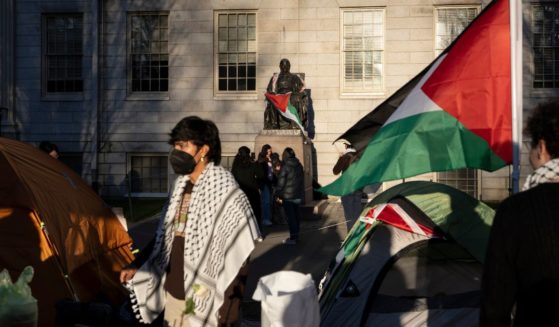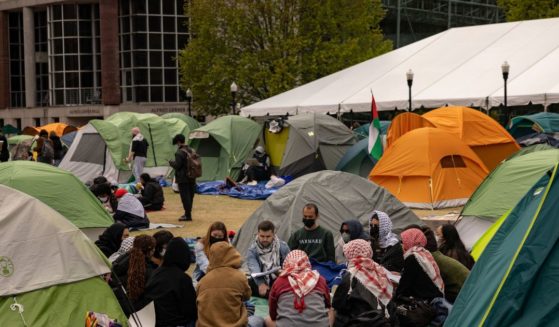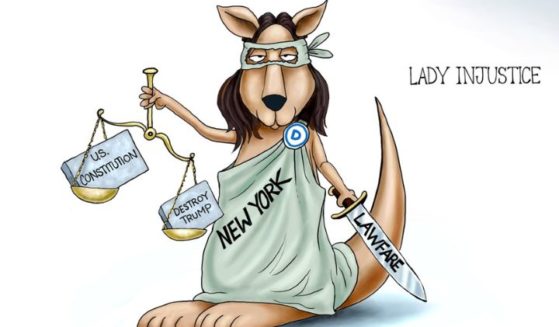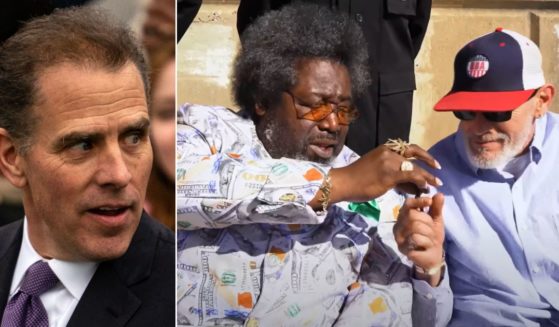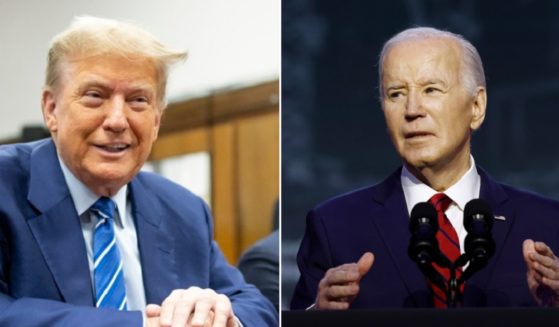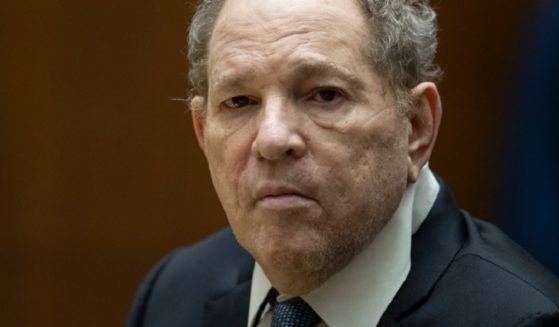Largest Hindu Temple Outside of India in Modern Era to Open in US
If stones could talk, sing and tell stories, Yogi Trivedi believes the marble and limestone that adorn the spires, pillars and archways of the stunning Hindu temple in central New Jersey would compose a paean to the divine.
The tales that these stones tell are those of seva (selfless service) and bhakti (devotion), which form the core of the Swaminarayan sect, a branch of Hinduism, according to Trivedi, a scholar of Hinduism at Columbia University.
It took a combined total of about 4.7 million hours of work by artisans and volunteers to hand-carve about 2 million cubic feet of stone. Four varieties of marble from Italy, plus limestone from Bulgaria, traveled first to India and then over 8,000 miles across the world to Robbinsville, New Jersey.
The materials then were fitted together like a giant jigsaw to create what is now touted as the largest Hindu temple outside of India to be built in the modern era, standing on a 126-acre tract.
The structure, whose spire reportedly stretches 191 feet into the sky, will open to the public on Monday.
The largest temple complex in the world is the Angkor Wat, originally built in the 12th century in Krong Siem Reap, Cambodia, and dedicated to the Hindu god Vishnu by King Suryavarman II. It is now described as a Hindu-Buddhist temple and is one of 1,199 UNESCO World Heritage sites.
The modern era started in approximately the year 1500.
The Robbinsville temple is one of many built by the Bochasanwasi Shri Akshar Purushottam Swaminarayan Sanstha, or BAPS, a worldwide religious and civic organization within the Swaminarayan sect.
“Service and devotion are the two basic elements that form the subtle foundation of how a temple so majestic gets built here in central New Jersey,” said Trivedi, who studies the Swaminarayan faith tradition and follows it.
This temple will be the third Akshardham or “abode of the divine” the organization has built after two others in New Delhi and Gujarat, where BAPS is headquartered. The former is the largest Hindu-only temple complex in the world. The sect, which will celebrate its 50th year in North America next year, oversees more than 1,200 temples and 3,850 centers throughout the world.
The New Jersey Akshardham, which has been in the works for about 12 years, came under scrutiny and criticism after a 2021 civil lawsuit alleging forced labor, meager wages and grim working conditions.
Twelve of the 19 plaintiffs have retracted their allegations, and the lawsuit is on hold pending an investigation “with which BAPS continues to cooperate fully,” Trivedi said.
The complaint alleges that those exploited were Dalits, or members of the former untouchable caste in India. Caste is an ancient system of social hierarchy based on one’s birth that is tied to concepts of purity and social status.
The case continues to raise questions among activists fighting caste discrimination and those advocating for workers’ rights, about the blurred lines between uncompensated work and the concept of selfless service, which followers of the faith say constitutes their core belief.
Trivedi said these allegations weighed heavily on community members because their faith has always taught them “to see the divine in all and love and serve them as manifestations of the divine.” He said Pramukh Swami Maharaj, the sect’s fifth spiritual successor, who envisioned such a temple campus in the United States, was a progressive guru who cared deeply about social equality.
“Caste and class do not divide us,” Trivedi said.
The temple project brought forth volunteerism and service, which like the sculptor’s chisel, chip away people’s egos and prime them to learn, he said.
“In that learning, one becomes a better person within, and that is the end goal of seva,” Trivedi said. “It’s not just to give to the community or build these (ornate structures), but to better oneself.”
He said the temple would not have been possible without the service of thousands of volunteers, many of whom took time off school and work to serve in different capacities. This might be the first Hindu temple where women were involved in the actual temple construction under the artisans’ supervision, he said.
This week, families from across the country have been streaming into the temple campus to get a sneak peek.
Avani Patel was visiting from Atlanta with her husband and their two children, ages 11 and 15. She knelt inside the temple and marveled at the ornate ceiling, her hands folded in prayer.
“It’s jaw dropping, mind blowing,” she said. “You can see divinity radiating through it all.”
Patel said she and her husband, Pritesh, were among the volunteers who gave their time to create the complex, and she is proud to be a part of an organization that would build such a structure.
The Western Journal has reviewed this Associated Press story and may have altered it prior to publication to ensure that it meets our editorial standards.
Truth and Accuracy
We are committed to truth and accuracy in all of our journalism. Read our editorial standards.

